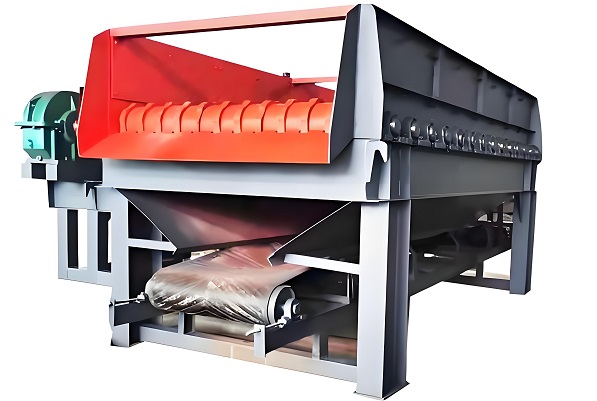
The Roller Screen is used for material separation and transportation. This is achieved by rotating discs – fitted rollers, which transport the material fed in, circulate and loosen it. The separation of the fines is effected in the gap between the individual rollers while the coarse material is transported by the screen into the overflow.
This disc sieve is independently designed and manufactured by Zhongcheng Machinery, and is a new type of sorting equipment that has been applied and praised in multiple industries. Disc sieve is a sorting device used to separate inert waste and small volume waste. It separates household waste of different sizes and shapes through the rolling of discs. The gap between discs can be adjusted to achieve effective separation of materials with large differences in size. Adopting a triangular arc-shaped disc design and a unique detachable disc structure, worn discs can be replaced online with low maintenance costs. The processing capacity of this disc sieve is three times that of a traditional drum sieve of the same volume, and the screening efficiency is 1.5 times that of a drum sieve. The roller screen is a non-vibrating machine that transports or moves the given material via a series of slowly rotating shafts. Its heavy-duty design consists of a welded, heavy-duty main steel frame. This frame serves as the support system for each shaft assembly and its bearing housings. The drive system is our exclusive “chain link system”, a design where each shaft is connected to its neighboring shaft. The “chain link system” is sealed in a dust tight housing or box that contains oil for lubrication. The roller screen is supplied with an automatic lubrication system for the greasing of each bearing. The ability of the roller screen to process adverse or difficult material conditions is truly outstanding, backed by proven success.
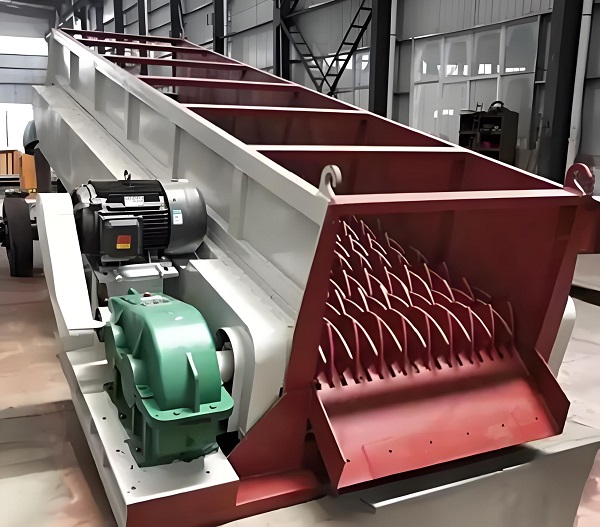
1.Understand the basic characteristics and uses of butterfly screens: Butterfly screens mainly separate materials of different sizes and shapes through the rolling of discs. It is widely used in solid waste treatment, mining, petrochemicals and other fields, especially suitable for handling household waste, construction and decoration waste, and stale waste. Butterfly sieve has the characteristics of large processing capacity, high screening efficiency, and strong adaptability.
2.Consider actual production needs: clarify the characteristics of the material type, particle size distribution, humidity, etc. to be processed in order to select suitable screening equipment.
3.Determine whether the processing capacity of the butterfly sieve meets the requirements of the production line. You can refer to the processing capacity data of different models of butterfly screens and make a selection based on the actual situation.
4.According to the requirements of screening products, determine the required screening accuracy and select a butterfly screen that can meet this accuracy.
5.Check if the structure of the butterfly sieve is reasonable and easy to maintain and adjust. For example, the number and layout of trays, as well as the size and shape of sieve holes, can all affect the screening effect.
The material of butterfly screen should have good wear resistance and corrosion resistance to ensure the stability and reliability of the equipment during long-term operation.
The box body is welded with profiles, and the lining plate is made of wear-resistant steel plate. The equipment is sturdy and suitable for continuous operation.
Adopting a modular eccentric shaft design, it has good performance and low maintenance costs.
The reducer adopts frequency conversion control, which has low energy consumption and high safety. With the angle adjustment of the sieve plate, it can adapt to the screening of various materials.
Reliable quality, simple structure, easy maintenance, and long service life.
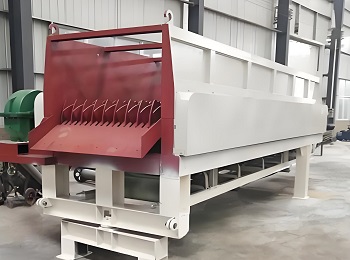
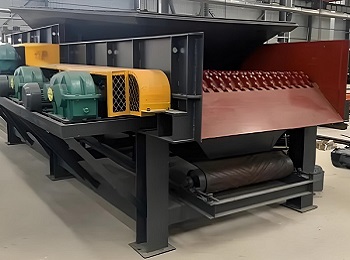
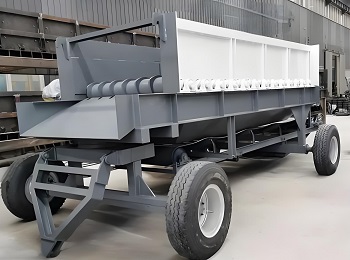
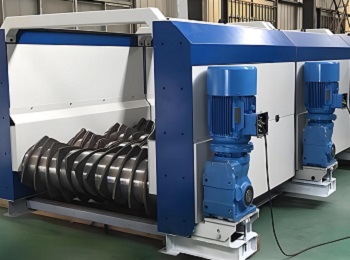
The screen surface of the disc sieve is composed of many parallel arranged roller shafts with sieve discs installed alternately on them. The rollers rotate through sprocket or gear transmission, and their rotation direction is the same as the direction of material flow. Due to the fact that the sieve shaft is arranged at different working angles, the material moves faster when running at higher working angles. When the material runs at a lower working angle, the speed is slower. Two materials running at different speeds start to move axially when they meet at a certain position on the screen surface, which evenly distributes the materials on the screen surface and achieves the goal of improving screening efficiency.

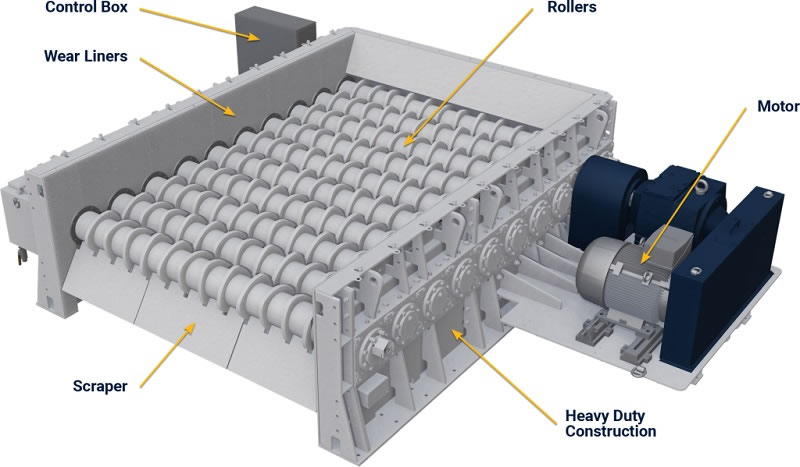
| Model | Width(mm) | Maximum Capacity(t/h) | Max. FeedLump Volume (m3) | Max. EdgeLength of Lump(mm) |
| ZCDS/ HVW 10xx | 1,000 | 300 | 0.3 | 800 |
| ZCDS / HVW 13xx | 1,300 | 700 | 0.5 | 1,000 |
| ZCDS/ HVW 16xx | 1,600 | 1,200 | 1.3 | 1,200 |
| ZCDS / HVW 20xx | 2,000 | 1,750 | 1.8 | 1,400 |
| ZCDS / HVW 24xx | 2,400 | 2,250 | 2.1 | 1,500 |
| ZCDS/ HVW 26xx | 2,600 | 2,500 | 2.5 | 1,700 |
*The output will vary according to different materials, feed particle size and other factors.
Save Time! Get A Detailed Quotation Quickly.
